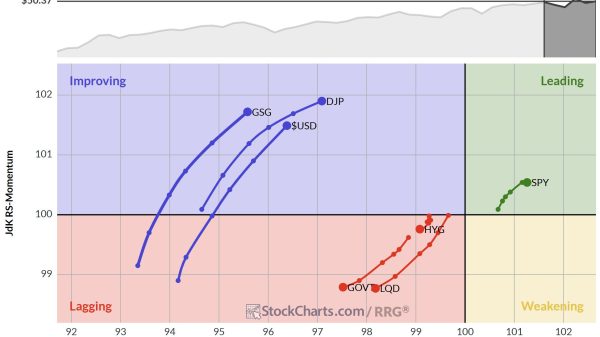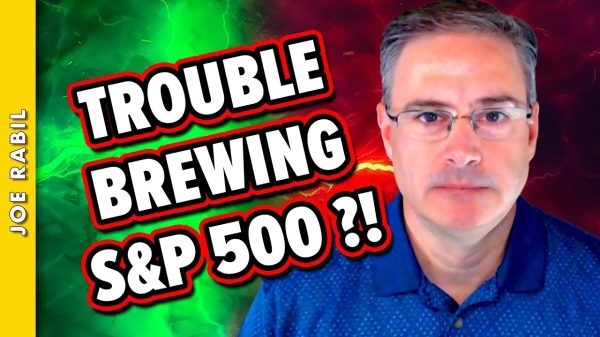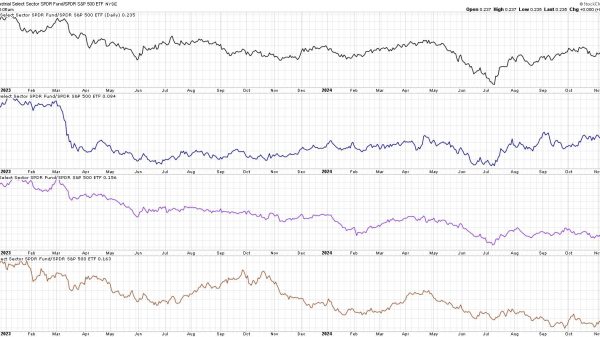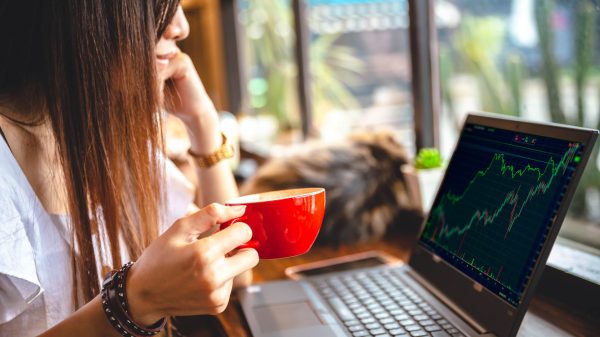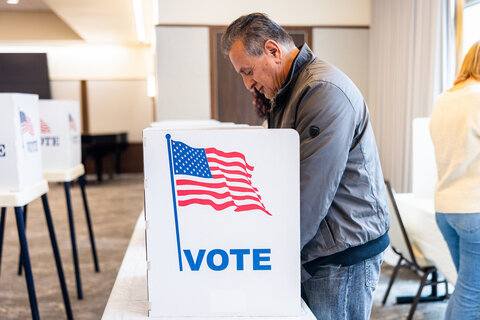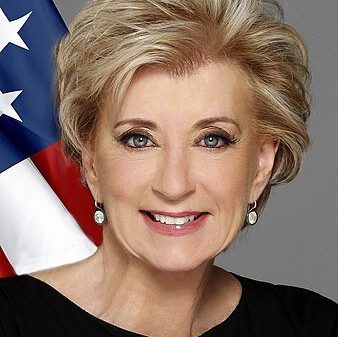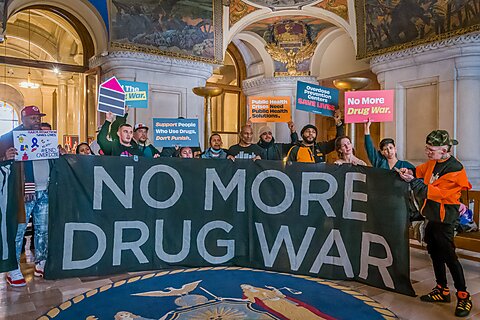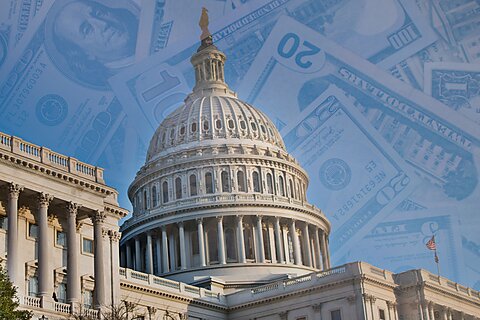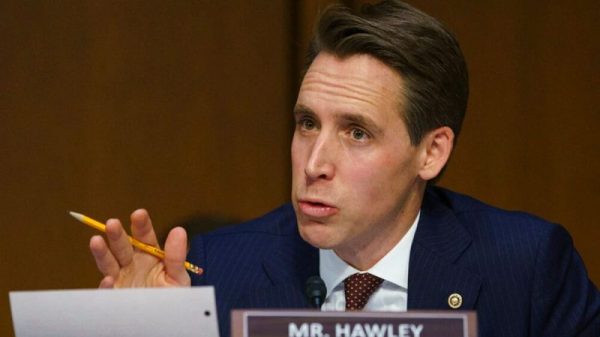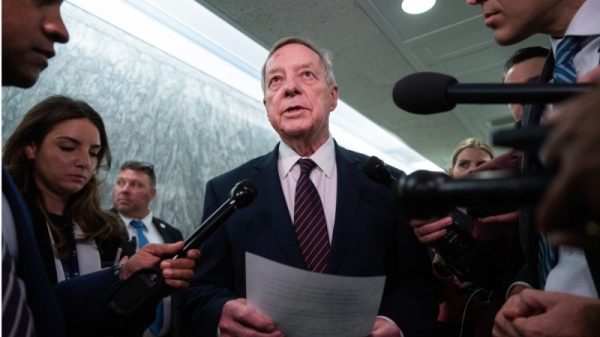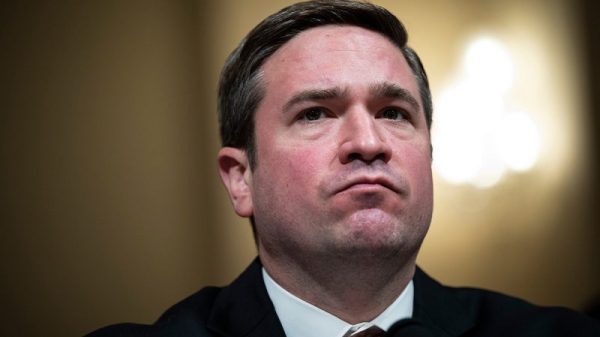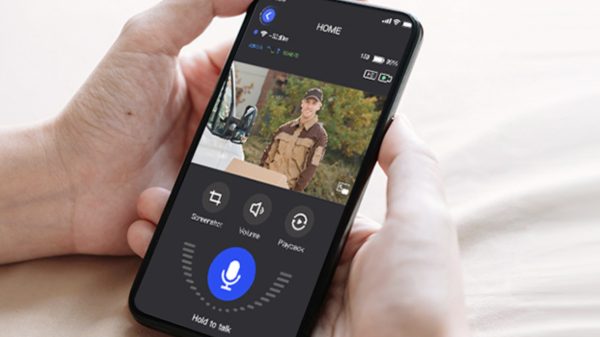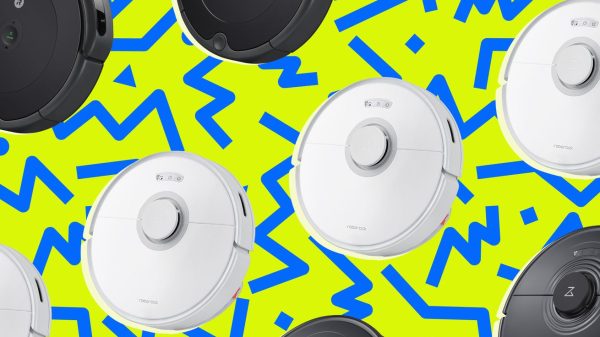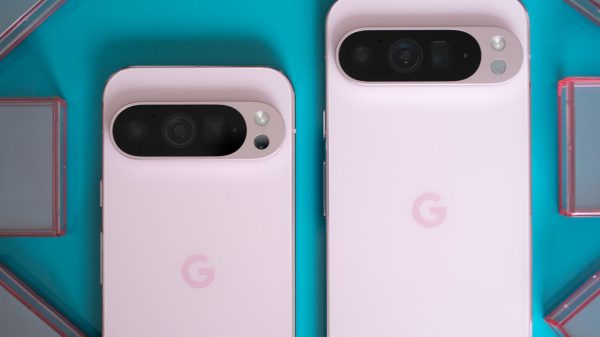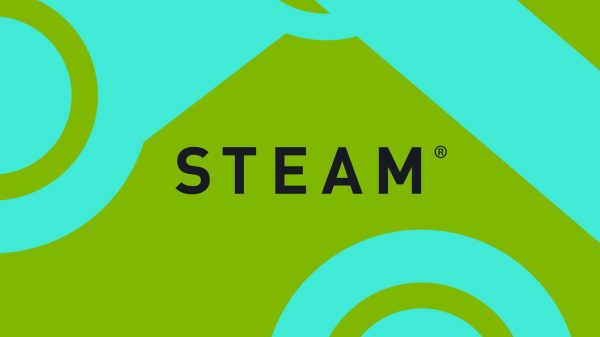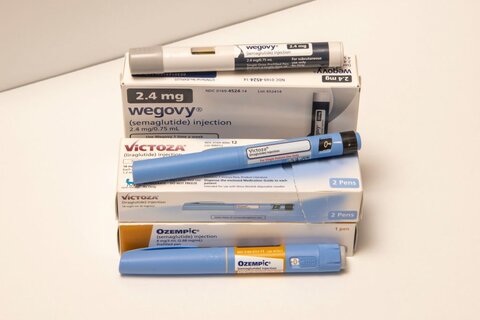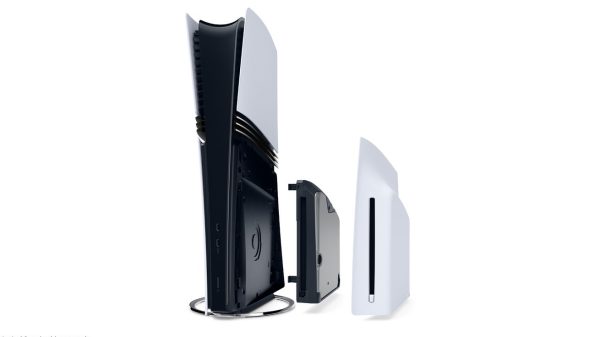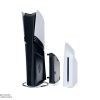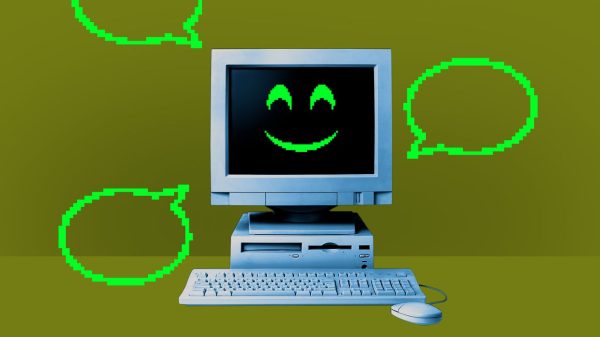
Axios reported on September 16 that a growing number of people are turning to do-it-yourself versions of prescription drugs, often sharing advice in online chat communities and listservs. Among the more popular DIY drugs are GLP-1s, such as semaglutide and tirzepatide, which help people lose weight—and may even help people reduce alcohol, tobacco, and recreational drug consumption—by directly working on the brain to reduce craving and increase satiety.
The Axios reporter stated that the “knee-jerk reaction” of medical professionals is to deride the phenomenon. However, she interviewed Anne Wexler, an assistant professor of medical ethics and health policy at the University of Pennsylvania Perelman School of Medicine, who empathized with the do-it-yourselfers. Wexler empathizes with patients who grow desperate and “willing to do anything to alleviate suffering for themself or a loved one,” and told the reporter that DIY medicine tends to “pop up where we see access barriers to treatment.”
As Michael F. Cannon and I write in Drug Reformation: End Government’s Power to Require Prescriptions, the Food and Drug Administration has a monopoly on determining what drugs autonomous adults are allowed to buy over-the-counter and what drugs they cannot purchase without first receiving a permission slip (aka “prescription”) from a government-licensed gatekeeper (aka “licensed health care practitioner”). This infringes on adults’ fundamental right to self-medicate. The FDA’s monopoly on the drug approval process also delays or blocks patients’ access to many drugs that patients may access in other developed countries, a phenomenon called “drug lag.”
As I wrote last month, while the FDA has not removed barriers to patients obtaining GLP-1s without a prescription, a recent study found people are already effectively buying GLP‑1 over the counter in a grey market. Last spring, Cato adjunct scholar Charles Silver joined Michael Cannon and me in calling for the FDA to reclassify GLP-1s as over-the-counter.
As the Axios reporter Tina Reed wrote:
The DIY movement taps into a deeply held sentiment about an individuals’ autonomy when it come to accessing particular health interventions without the gatekeeping of the Food and Drug Administration or the sometimes untenable costs of certain drugs or therapies.
Of course, making or buying DIY drugs can be as risky as obtaining any other drug in an underground market. It’s the government’s monopoly on the drug approval process that fuels this underground market. It would be much safer to purchase legally manufactured drugs from retailers where the market and the tort system hold producers and retailers accountable for harmful side effects or defective products. Until lawmakers undertake reforms like those outlined in Drug Reformation, the DYI drug use phenomenon is likely to become more common.


